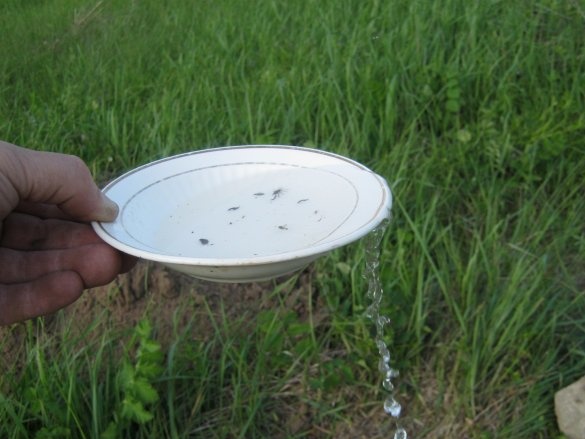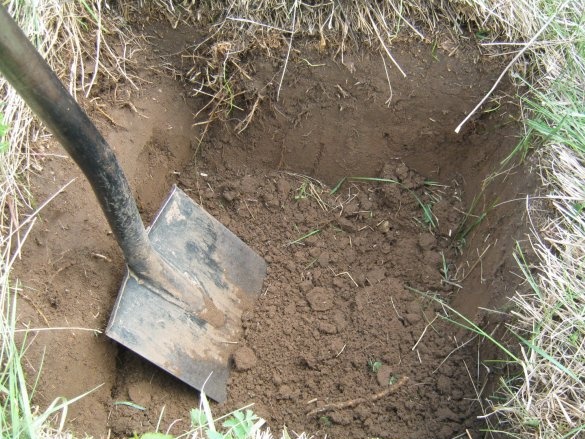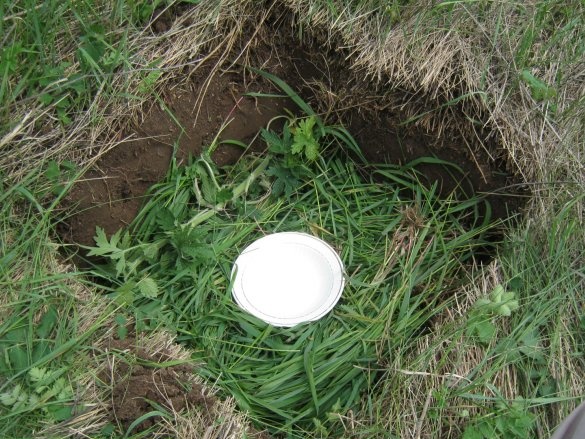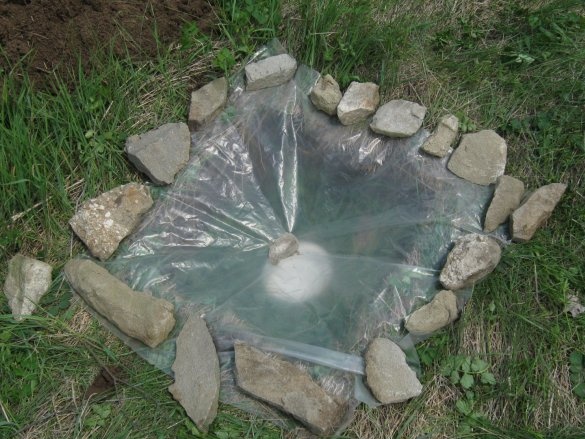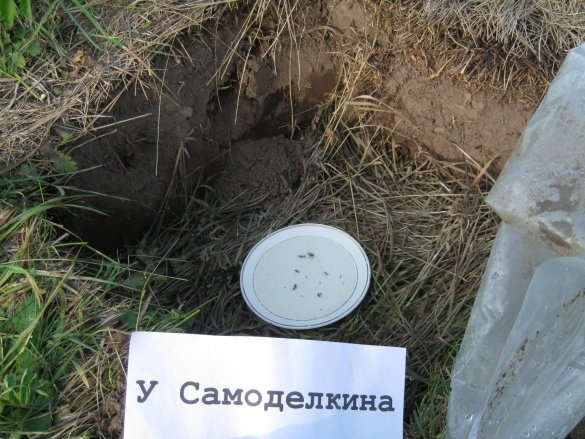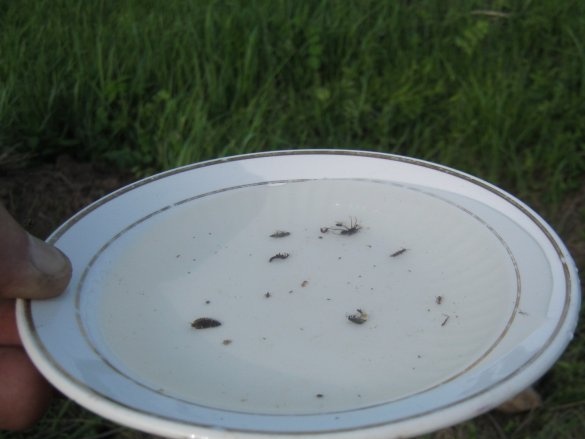Any boy who has grown up in adventure literature knows that the worst thing that can happen to those in distress is the lack of fresh water. Not so long ago, a fantasy book fell into the hands of which describes the adventures of a group of modern urban young people on a desert island. The will of the future employer-tyrant threw them there. A sort of test of the willingness to "go over the heads" of competitors. Yes, so one of the main sources of their suffering was the lack of decent fresh water on the island. They collected rain water (very little) into a spread film, and then they drank from puddles (tropics - infection). I recalled a note in the old-aged magazine UT (young technician) from the heading something-there-for-tourism. Greetings from pioneer childhood. This was a brief description of the method for producing fresh water in the field. It became curious - the people, aspiring from an uninhabited island to the office, did not read the young technician and therefore perishes, or does the method not work? Outside the window was sunny weather (an indispensable condition), the beginning of summer. It was decided to conduct a full-scale experiment with a child, a girl of fifth grade.
The method is a simple improvised distiller from improvised means. Actually, in the presence of the sun and at least some vegetation around, you only need a piece of plastic film.
What we needed for the experiment
Stronger bayonet shovel (turf), scythe (sickle, knife, pick grass with hands). A few pebbles, a vessel for collecting water (a deep saucer or plate, a wide cup, a bowl). A piece of plastic film.
The evaporation tank comes off directly in the ground. According to the size of a piece of polyethylene, so that the edges of the film protrude slightly beyond the perimeter of our pit.
We did not seek to get a lot of water, but we wanted to evaluate the operability of the method in general. Basically. The results are extrapolated (however, the trend!).
We picked up a small piece of a whole plastic film, washed it and dried it in the sun. We selected a place near the house, open sunny, so as not to fall into it due to distraction and at the same time not far. Cut down the contour of the fossa in the turf. They dug a hole a little less than a piece of polyethylene, a depth on the bayonet of a shovel.
They cut fresh grass and filled a hole in it. Here, as with the shovel, we didn’t do sports - we used a small braid.
In the middle they set a deep saucer for collecting water and covered the whole thing with a prepared piece of film.
The edges of the film were crushed by stones, the surface of the film was molded in the form of an inverse cone (a small weighty pebble was placed on top of the film). Its top was aimed at our saucer. Our construction should work as follows - a greenhouse effect is created under the film - an increase in temperature under the film, water evaporates. It can evaporate from damp land, placed in a container of salty sea water, from chopped plants. The vapor will condense from the inside on a relatively cold surface - the film will drip and drip to the top of the cone and in the saucer.
What happened
In the first few hours we ran around without a trace to see what was happening there. Then, about the experiment, they forgot to admit. Remembering the buried a few days later, we were curious.
Our saucer was full of water, part of it clearly poured over the edge. The stuffed grass has faded.
Conclusions, development options
As a result of the experiment, we built from the minimum available means model camping distiller for drinking water in extreme conditions. A child participating in the experiment was shown several physical effects in kind - evaporation, condensation, and the greenhouse effect. For a full-fledged educational effect, an adult conducting an experiment is strongly recommended to refresh the head of the school physics course in its relevant sections. Recognized and concisely read in simple words. This will allow you to competently and clearly comment on your actions and answer inevitable questions.
Our construction has shown full efficiency by increasing the area of exposure (pit size), we will proportionally increase the amount of water received. We believe that the quite moderate size of the structure will not allow you to die from thirst in an emergency.
Having access to saltwater, it is more convenient to evaporate it. In the absence of a suitable large vessel (where?), You can try to organize a sort of trough in an earthen hole, lining it with the same film. If there are flexible tubes, you can add seawater and extract (drink) fresh without disassembling fixtures.
You should be aware that for drinking, the person (and animals) requires the presence of salts in the water, therefore, when using desalinated (distilled) water on a regular basis, it is necessary to mineralize it to normal. In the presence of sea water, it is added to distilled (about 2%).
The photo shows how all living creatures crawled into our container. This can be prevented by covering the container with a net (if any). Trapped insects can be filtered through a cloth, a bunch of grass.
Grass (if used) is better to periodically change to fresh.
Probably, the results will be better if the edges of the film are sealed more densely - for example, remove grass at the edges of the pit and sprinkle the film with soil. This is seen as a good option when distilling sea water and having flexible tubes (no need to open the container).
The collection container is too small - it is better to use a glass jar, put it on the earthen bottom. Bank overlay with grass. True, the neck of the can already - will have to carefully aim the pebble on the film.


